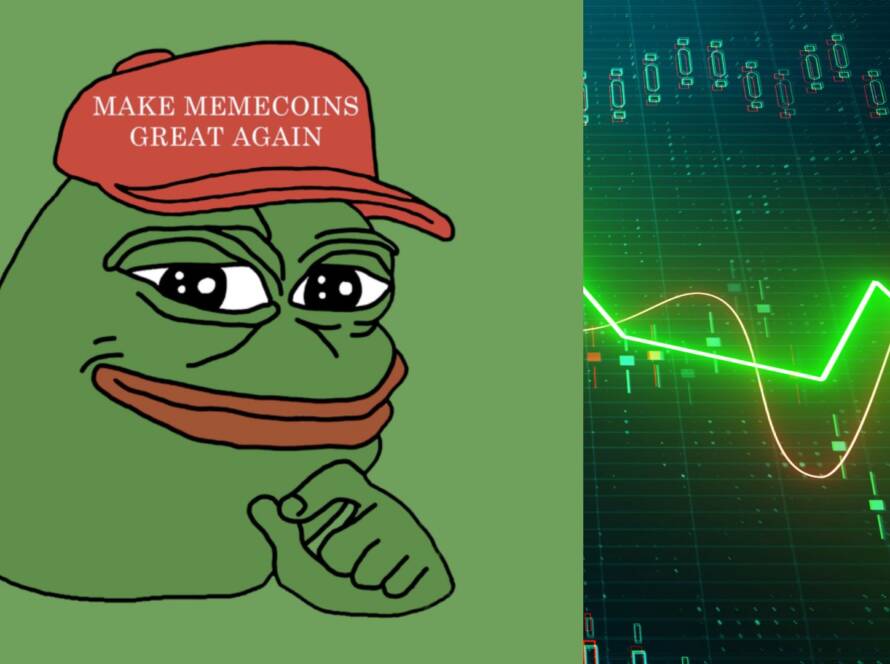Metaverse gains are below their 2021 peak, but increased adoption from the gaming sector in particular seems to be paving the way toward a lucrative future.
It’s been a mixed bag of a year for the metaverse. Mark Zuckerberg’s Meta Reality Labs bled $3.7 billion throughout Q2, despite the wider company performing well. Figures reveal that VC investment in the metaverse has also dropped 77% since 2021, leading some to declare the metaverse ‘dead’.
The death knell however might be premature. Nearly every aspect of Web3 is miles below 2021 bull market peaks – but adoption has nonetheless continued to grow rapidly. Microsoft, Minecraft, Apple, Nike, Gucci and Sotheby’s are just some of the names trailblazing metaverse offerings.
Even cultural institutions like The British Museum have entered the metaverse, namely through a new partnership with The Sandbox.
Read more: The British Museum to join Ethereum metaverse, The Sandbox
Data from Statista shows that the metaverse is currently valued at $82 billion. The market is expected to grow at a compound annual growth rate (CAGR) of 40.4% throughout 2021-2030, reaching $936.6 billion by 2030.
Customer experience platform Metav.rse however predicts this to be as high as $8 trillion to $30 trillion, collating data from a range of sources.
Who is actually using the metaverse? Isn’t it dead?
Contrary to doomsday news reporting, the metaverse market has waded on strong through the crypto winter. A growing number of companies and institutions are embracing the metaverse as an extension of their online services, and the demographic has broadened.
In fact, a Statista report shows that 3 in 4 of American adults will join or will “consider joining” a metaverse for various reasons, be it communication, education or entertainment.
400 million people use the metaverse each month, with gaming companies like Roblox, Minecraft and Fortnite leading the way. 51% of those in the metaverse are under the age of 13, suggesting a huge cross-generational demographic.
Capturing a wider, more mature user base though is The Sandbox, which recently teamed up with the British Museum to create a range of digital collectibles and experiences that reflect the museum’s historic collections, enabling Sandbox users to engage with ancient artefacts through the metaverse.
Also in The Sandbox is luxury Italian designer brand Gucci, which launched its Gucci Vault back in November 2022. SAND, the native token of The Sandbox, is one of the most popular metaverse tokens, boasting a market cap of $62.7 million.
The language we use to talk about the metaverse is changing
A history of extreme volatility steers consumers and investors away from buzzy words like ‘crypto’, ‘NFT’ and ‘metaverse’. Many major Web3 and NFT projects now steer clear of words (or acronyms) like ‘NFT’ in favour of words like ‘digital collectible’ or ‘digital membership’.
One of the most exciting metaverse releases this year was Apple’s new Vision Pro headset. While the eye-popping $3500 price tag means that sales are likely to be low, the release sparked a conveyor belt of news pertaining to the metaverse.
During the two hour presentation of Apple’s new Vision Pro headset, CEO Tim Cook made no mention of the word ‘metaverse’, instead referring to words such as ‘spatial computing’, ‘AR’ (augmented reality) and ‘VR’ (virtual reality).
Fifa’s World Cup NFT collection similarly refrained from Web3 words like NFT in exchange for ‘digital collectibles’, with great success.
While news often makes it look like the metaverse is on death’s door, it helps to watch out for shifts in language: as adoption increases, the more likely we are to use language we’re already familiar with.

Disclaimer: CryptoPlug does not recommend that any cryptocurrency should be bought, sold, or held by you. Do conduct your own due diligence and consult your financial advisor before making any investment decisions.




